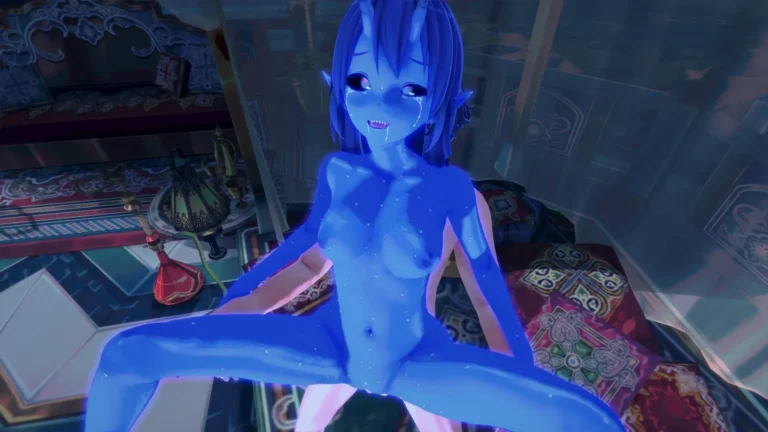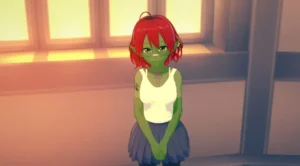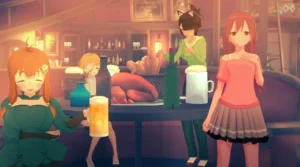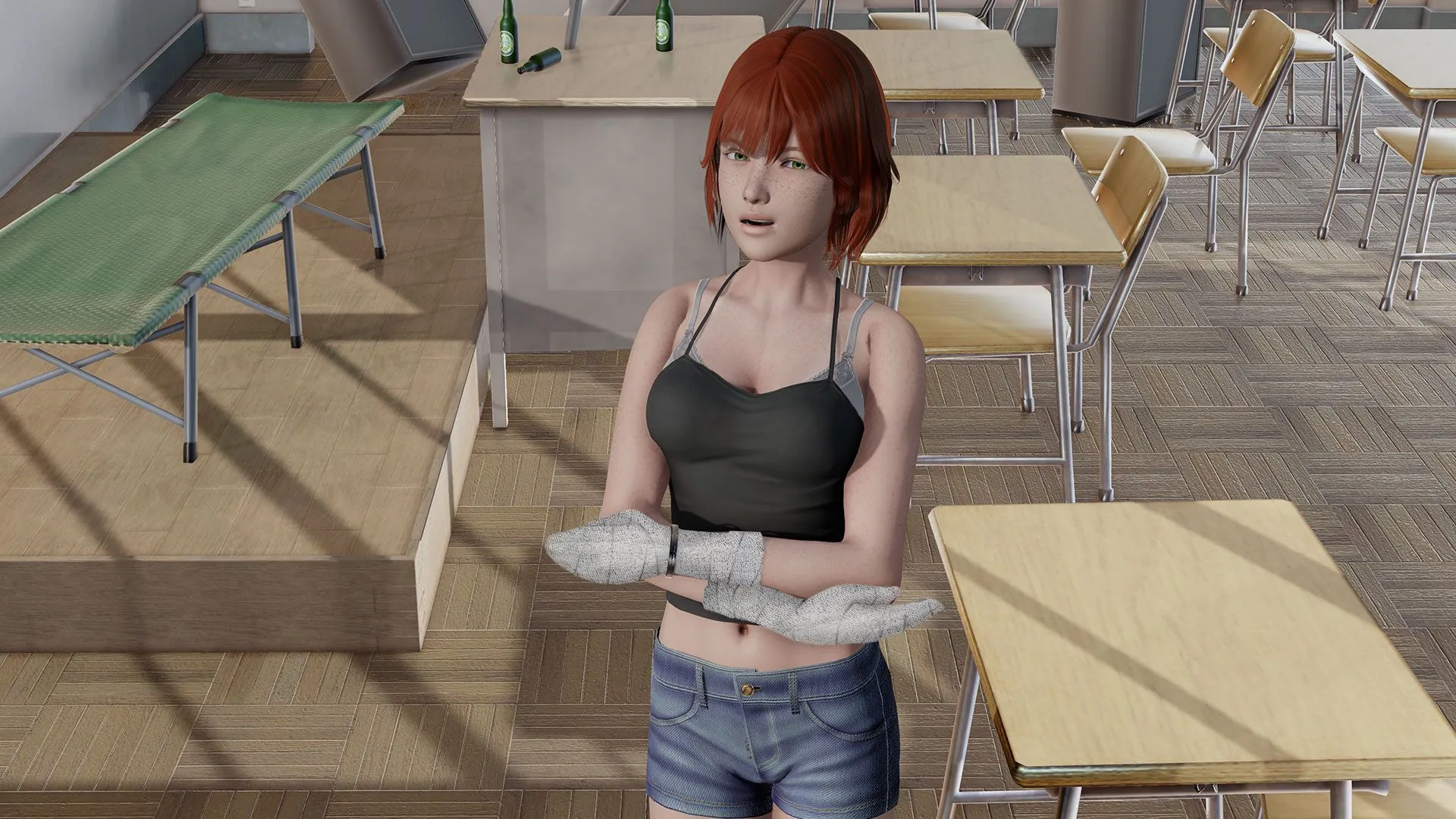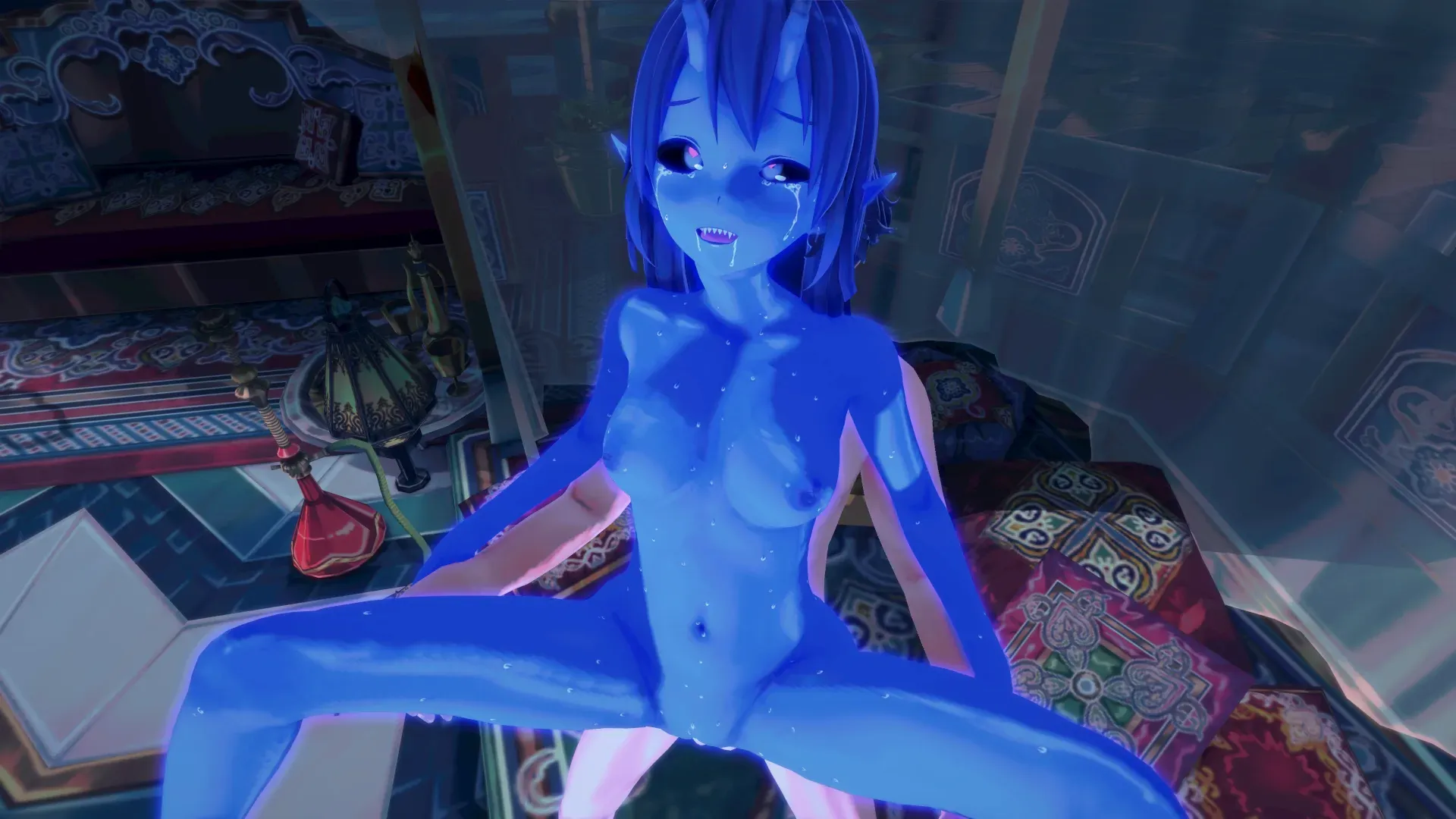
Tales of Unity
Play Tales of Unity
Tales of Unity review
Explore the story, characters, and gameplay elements of Tales of Unity
Tales of Unity is a distinctive visual novel game that blends a compelling storyline with mature themes integrated seamlessly into the gameplay. Unlike many games in its genre, it focuses on storytelling first, using mature elements as part of the narrative rather than the main attraction. This article dives into what makes Tales of Unity stand out, from its rich character development to its immersive plot and gameplay mechanics. Whether you’re new to the game or looking to deepen your understanding, this guide will provide valuable insights and practical tips.
Understanding the Story and Setting of Tales of Unity
Ever found yourself scrolling through endless visual novels, feeling like you’ve seen it all? 😴 Boy, have I been there. You start to recognize the same tropes, the same predictable arcs, and the same safe, sanitized stories that never truly take a risk. That’s why the first time I booted up Tales of Unity, it felt like a breath of fresh, albeit grim, air. This isn’t your typical dating-sim-in-disguise; it’s a narrative powerhouse that isn’t afraid to get its hands dirty. The Tales of Unity story is a masterclass in world-building and emotional stakes, all set against a backdrop that will stick with you long after you’ve put the controller down.
Let’s dive into the world that had me completely hooked. 🤯
What is the premise of Tales of Unity?
Imagine a world where humanity lost. Not just a battle, but the entire war. The Tales of Unity setting is a stark, oppressive realm where the human race has been subjugated and enslaved by a coalition of victorious, more powerful races. You aren’t playing as a chosen hero from a prophecy; you’re just another soul trying to survive in a system designed to break you.
The game begins with your character, a seemingly ordinary human, being processed into a new life of servitude. The genius of this setup is its immediacy. From the very first dialogue choices, you feel the weight of your powerlessness. But Tales of Unity isn’t just about despair. It’s about finding flickers of hope and connection in the darkest of places. The core premise revolves around the bonds you form with other characters—both human and otherwise—as you navigate this cruel hierarchy. These relationships, these tiny acts of defiance and understanding, become the foundation for a potential revolution. It’s this focus on connection that fuels the incredible Tales of Unity character development, making every interaction feel meaningful and earned.
I remember a specific early scene where I had to choose whether to share my meager food ration with another slave. It seemed like a small choice, but weeks later, that same character risked their life to create a distraction for me. The game constantly reminds you that in a world built on cruelty, kindness is the ultimate rebellion. ✊
How does the game incorporate mature themes into the story?
This is where Tales of Unity truly separates itself from the pack. Many games use mature themes in games as a cheap shock tactic or, worse, as the primary selling point. Here, they are woven into the very fabric of the Tales of Unity plot integration. Themes of oppression, loss, trauma, and the moral ambiguity of survival aren’t just mentioned; they are lived experiences that drive the plot forward and shape your character.
The mature content is never gratuitous. It serves a distinct purpose: to illustrate the brutal reality of the world and to make your small victories feel monumental. For instance, a scene dealing with a character’s past trauma isn’t there for spectacle; it’s a crucial moment of vulnerability that deepens your bond and directly unlocks new story branches and abilities later on. The game understands that true maturity in storytelling comes from handling difficult subjects with respect and narrative purpose.
The Tales of Unity story uses these elements as both the obstacle and the reward. Overcoming a situation fraught with mature thematic weight doesn’t just progress the plot; it rewards you with deeper character insights and more powerful emotional payoffs. The balance is impeccable.
Here’s a breakdown of how some key mature themes are integrated:
| Mature Theme | How It’s Integrated into the Plot | Player Reward/Outcome |
|---|---|---|
| Systemic Oppression & Slavery | Not just backdrop; it’s the core mechanic limiting player movement and choices initially. Quest givers are often overseers. | Overcoming these restrictions through story progress provides a powerful sense of liberation and agency. |
| Psychological Trauma | Character backstories are revealed through playable flashbacks, explaining their fears and motivations. | Helping a character confront their past unlocks their full potential as an ally and opens new narrative paths. |
| Moral Ambiguity | Choices are rarely clear “good vs. evil.” Often, you must choose between two difficult outcomes with real consequences. | These decisions shape your relationships and the world’s state, making your playthrough truly unique. |
| Loss & Sacrifice | The narrative isn’t afraid to have characters suffer permanent consequences based on your actions or the story’s flow. | Creates high emotional stakes and makes the player value every relationship and success much more deeply. |
This thoughtful approach ensures the mature themes enhance the story rather than define it. It’s a lesson more developers should learn! 🙌
Why is the narrative praised compared to other visual novels?
So, what makes the visual novel narrative in Tales of Unity so special? Why do players and critics alike call it a unique visual novel story? It boils down to two things: unparalleled depth and authentic consequence.
First, the world feels alive. The Tales of Unity setting isn’t a static painting behind talking heads. You feel the grime of the city, the tension in the barracks, and the whispered hopes in the slave quarters. The writing is descriptive and immersive, pulling you into its reality without relying on excessive exposition.
Second, and most importantly, your choices carry an incredible amount of weight. This isn’t an illusion of choice where all paths lead to the same conclusion. I learned this the hard way when a flip decision I made in Chapter 3 completely locked me out of a major character’s route by Chapter 6. I was devastated! 😫 But instead of reloading, I played on, and the game delivered a narrative that felt genuinely mine—flaws, regrets, and all. This commitment to player agency creates a powerful, personalized story that celebrates the Tales of Unity character development through your actions.
The Tales of Unity plot integration is seamless. The main story and character arcs aren’t separate entities; they are one and the same. Getting to know a character is advancing the plot, and overcoming a story obstacle requires you to understand your companions. This synergy creates a compelling rhythm that makes it impossible to put down.
Tip: Don’t try to meta-game or look up the “best” choices on your first playthrough. The most rewarding way to experience Tales of Unity is to live with your decisions and see where your unique story takes you. It’s honestly a different game every time.
Ultimately, Tales of Unity is praised because it respects its audience. It trusts us to handle complex themes and to appreciate a story where happiness is hard-won and never guaranteed. It delivers a visual novel narrative that isn’t just about reaching an ending, but about cherishing the difficult, beautiful, and unforgettable journey to get there. ❤️ If you’re looking for a story that will challenge you, move you, and stay with you, your search is over.
Tales of Unity offers a refreshing take on the visual novel genre by prioritizing a rich, immersive story that naturally includes mature themes as part of its narrative fabric. Its unique approach to character development and plot integration makes it stand out from typical titles in this space. Whether you are drawn by the story or the gameplay, Tales of Unity provides a rewarding experience that balances depth and engagement. Dive into the game to explore its world and discover the layers that make it memorable.
